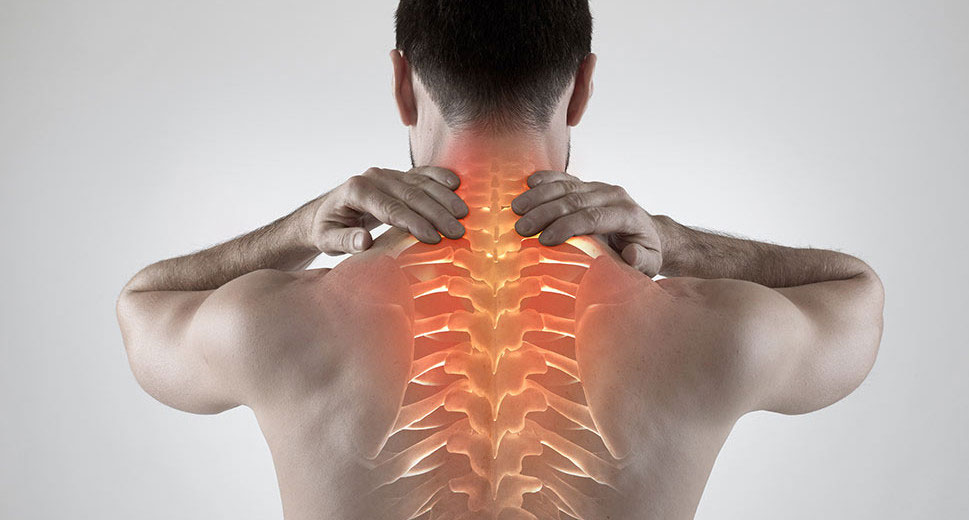Search
Find a Physician
Blog
Nov 15, 2015
The spine is the most vital component of the skeleton. Comprised of approximately 33 individual vertebrae, 120 muscles, 100 joints and 220 ligaments, the spine has an incredible ability to bear the bulk of the body’s weight. Because the spine is so complex yet so impactful, keeping it in optimal health is an absolute necessity. To do so, here are five helpful tips:
While this may seem self-explanatory, there’s more to good posture than simply sitting up straight, especially if you have a desk job. Spine care has evolved and improved over the course of the years, far beyond this time-old adage and lumbar support pillows. These days, maintaining good posture while riding a desk is all about keeping things parallel with one another to avoid those classic aches and pains. Examples include: • Keeping your feet flat on the floor and your knees level with your hips • Keeping your arms on the armrest and level with your desk and keyboard, with your elbows tucked in towards your body • Keeping your monitor level and eye level in sync
Another adage tells us to lift with your knees, not with your back. Like many old sayings, there is always truth to it. However, similar to maintaining good posture, the rules for proper lifting have become more elaborate: • Avoid any sudden twists or jerks when handling the object • Don’t be a hero. Know your limits and ask for help when needed • If you plan to move a large and/or heavy object over any distance, have a route planned out ahead of time to reduce the risk of tripping and causing injury • Never bend at the waist to lift something from the ground. Always bend at the knees and use your legs to slowly lift the object • Try to keep the object level with your midsection to keep it in your center of gravity
Though this really applies to your body as a whole, maintaining spine health requires partaking in healthy habits. A well-balanced diet consisting of lean meats, dark leafy greens and calcium-filled dairy will pump your spine with the vitamins and minerals it needs to stay healthy. Watching what you eat also keeps excess weight off your body, which can put a strain on the back. In addition, avoid smoking. Smoking constricts the blood vessels that feed the spinal discs. Spinal discs are the cushions between the vertebrae that give the spine its stability and flexibility. A breakdown in these discs can cause a multitude of conditions that result in pain, including herniated discs and spinal stenosis.
A lack of exercise can lead to stiffness and weakened muscles. It may even make existing back pain worse. To keep back pain and other conditions at bay, it’s important that your spine stays fit and flexible. There are a variety of stretches and other exercises you can do to improve your spine. Ask your physician for more information on what regimen you can implement or a recommendation for a physical therapist in the area. A little workout can go a long way.
Did you know that you will spend approximately one-third of your life sleeping? One-third of your life at rest? But if you’re sleeping on your back, rest assured your back is anything but resting. In fact, sleeping on your back puts a lot of strain on it. Sleeping positions are key to back comfort. If you have to lie on your back, place a pillow under your knees to ease the pressure. If you’re like most people, however, you’ll find that sleeping on your side is more comfortable. This is the most ideal position for your back during rest, especially when you tuck a pillow between your knees to straighten out the spine. For more information on optimizing your spine health or if you’re in need of an orthopedic spine specialist, contact The Orthopedic Institute of New Jersey today. The Orthopedic Institute of New Jersey is a premier multi-disciplinary center offering complete orthopedic care, rehabilitation and pain management services to patients of all ages and activity levels. With our accomplished team of highly trained physicians and professional staff, we effectively diagnose and treat a wide variety of musculoskeletal conditions and illnesses using a customized treatment plan to fit individual needs.
This article was reviewed and approved by an orthopedic surgeon as we place a high premium on accuracy for our patients and potential patients.